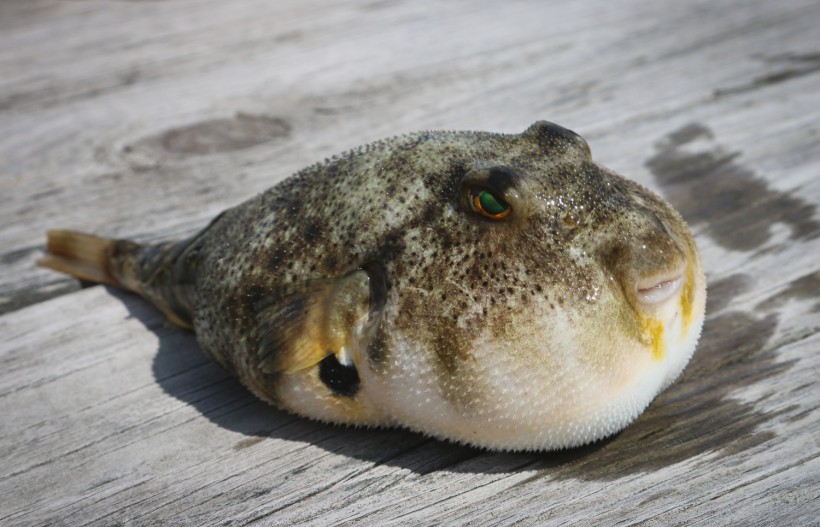CNN reported about a meal gone wrong as three people died and four more were hospitalized after eating a pufferfish in a town in the Philippines.
Meal Gone Wrong
According to the investigation, one of the victims offered a free tasting of the fish on his food stand business. After they ate the fish's liver, the report stated that the customers and the owner, who also ate the fish, started to projectile vomit as they began losing consciousness.
The victims were immediately sent to the local district hospital, but some were pronounced dead on arrival.
One of the four living survivors has already recovered and was allowed to be sent home, while the other three are still in the hospital but are now in stable condition.
The place's local Bureau of Fisheries and Aquatic Resources warned the town residents about the deadly pufferfish species that inhabited their local areas and advised the people to avoid eating them. The bureau said the toxin is usually found in the internal organs of the fish. The ovary and liver are most dangerous, but other parts are also toxic in many pufferfish species, while some have toxins even in skin, blood, and bones, they added.
Pufferfish poisoning is not an uncommon situation in the Philippines and other parts of Asia because of the wide variety of pufferfish species inhabiting the area. This, along with the people's love for exotic foods, is usually two of the deadliest formula causes injury or death.
Pufferfish
Pufferfish, or blowfish in some parts of the world, are named after their infamous ability to inflate themselves. They do this as a form of defense mechanism because these fishes are usually slow and clumsy swimmers.
When threatened, instead of swimming away, they "puff" themselves up using their elastic stomachs by quickly ingesting huge amounts of water.
Almost all pufferfish species contain tetrodotoxin. Tetrodotoxin is a lethal poison that can kill predators in an instant. This poison is said to be up to 1,200 times deadlier than cyanide. One pufferfish has enough toxin to kill 30 adult humans, and up until today, there is no known antidote.
Despite its poisonous qualities, pufferfishes are a famous delicacy in some places of the world, especially in Japan. There, they are called "Fugu," an extremely expensive fish prepared only by licensed professionals. This is a necessary precaution because one especially nasty cut from these animals can mean certain death.
In the US, the FDA (Food and Drug Administration) warned restaurants and fish markets about pufferfish serving and selling. Because of the potential health hazard it brings, commercial importation of fish into the states is heavily restricted and monitored. However, personal importation is widely prohibited.
Reports of pufferfish consumption related incident have been recorded in Florida. These cases were connected to the trade of domestic and foreign blowfishes in the state-the instances plus the fact that many local pufferfish actually contain the deadly toxin. Thus, the state currently banned commercial and recreational harvesting of the dangerous fish from many Florida water systems.Avoding these deadly fishes would do everyone more good than harm.
© 2024 NatureWorldNews.com All rights reserved. Do not reproduce without permission.


![Tsunami Hazard Zones: New US Map Shows Places at Risk of Flooding and Tsunamis Amid Rising Sea Levels [NOAA]](https://1471793142.rsc.cdn77.org/data/thumbs/full/70325/280/157/50/40/tsunami-hazard-zones-new-us-map-shows-places-at-risk-of-flooding-and-tsunamis-amid-rising-sea-levels-noaa.jpg)



